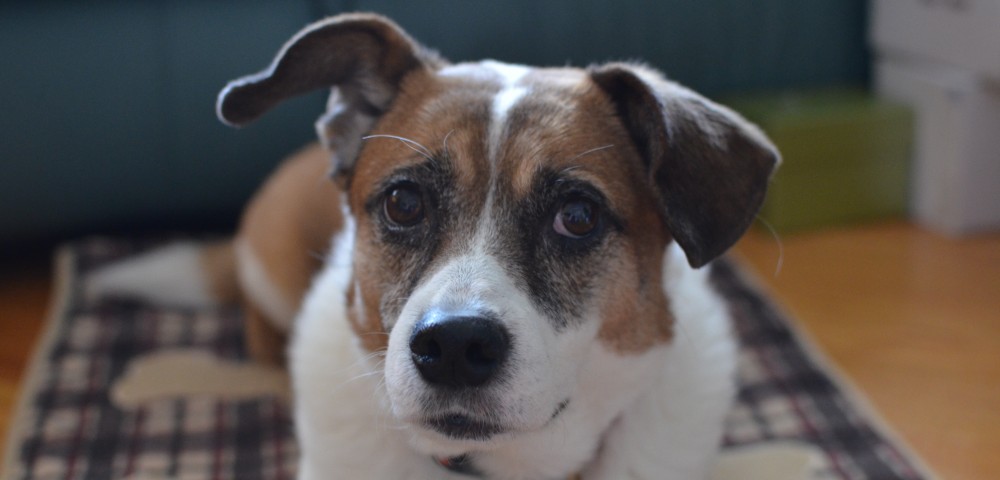I’m so excited to bring you the second installment of my interview with Seth Casteel, the founder of Second Chance Photos. Through this nonprofit, Seth aims to help shelter pets find homes through photography. In today’s installment, Seth talks about lighting, his favorite moment as a pet photographer, and how you can save lives using your camera.
If you haven’t read Part I yet, I recommend you click here and check it out before diving into Part II. Read on for the rest of Part II…
It’s amazing what a difference the right photo can make – you can see it for yourself in the before and after photos on the Second Chance Photos website. When a potential adopter sees a photo of a shelter pet, we want them to start visualizing the relationship that they could have. As Pamela from Something Wagging astutely pointed out in the (very thoughtful) comments last week, it’s all about emotion. Don’t be intimidated by the technical side of photography – as Seth points out, you don’t have to be a professional to donate your time and skills to help shelter pets this way.
Let’s talk about lighting. What lighting is best? How do you deal with situations where the lighting is not ideal?
A very simple question with a complicated answer. My best advice about lighting is to experiment by shooting many photos in many different lighting scenarios. For classic portraits, I prefer cloudy days or the shade though.
Some of my readers asked about videos vs. photos. Do you think videos of shelter pets are useful?
Absolutely. Any positive images, either photo or video, help increase the chances of adoption.
What was your all-time favorite shoot?
Not a fair question!! 🙂 I have enjoyed every single photo shoot I have done for different reasons. If I have to pick at this very second, I would say an Afghan Hound I met in New York City by chance while waiting for another client. I met this dog for only 3 minutes and did a quick series of photos of him. One of these resulting photos has become one of my favorites because it showcases an expression that I can’t seem to figure out. This is what I love about dogs. They have such an amazing range of emotions and expressions, and in a lot of ways, are just like people. This is why we relate to them and this is why I have dedicated my life to them.
What has been your most rewarding or most memorable experience photographing shelter pets?
To know the work is making a difference. I feel very fortunate to have the opportunity to help. Not only are photos saving lives, but they are helping to change the image of “shelter pets”, revealing to people that they are wonderful pets and make loving additions to your family.
If you could offer one piece of advice to someone who would like to start volunteering as a shelter pet photographer, what would it be?
The work you do will save lives. It may not always be easy, but shelter pets need your help. Be patient. Be dedicated. Shelter pets do not have a voice, but you can give them one.
A bit off topic, but I always like to end with a pop culture question. What’s your favorite TV show?
I don’t watch much TV, but I would say DEAL or NO DEAL! It’s just so exciting!! No deal!!!! 🙂
Thanks again to Seth for answering my questions!
If you have any additional questions for Seth, please share them in the comments. I’ll pass them along and see if he is available to answer them. Has Seth inspired you to get involved?

